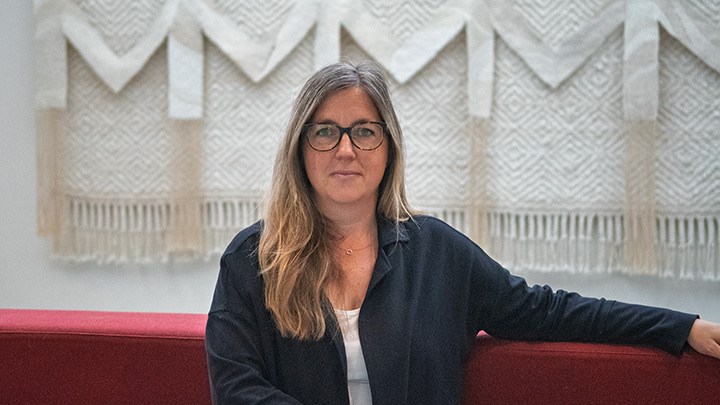Mum becomes the family project manager when the children arrive

When the first child arrives, followed by the second, it is often the mother who takes on the role of family project manager. This is the case even though the parents were living on equal terms before and during the pregnancy. This is the conclusion of a new study from Örebro University.
“Our study is based on interviews with both mothers and fathers over a longer period and reveals how mothers gradually take on responsibility for the intellectual and coordinating work in family life,” says Jenny Alsarve, researcher in sociology.
Read the research article here:
When men become fathers, women become project leaders: Swedish parenting practices over time
Jenny Alsarve interviewed couples on three different occasions. The first was when the couple were expecting their first child, the second when the child was one and a half years old, and the last when the child was 11 years old. Together with Terese Glatz, a researcher in psychology at Örebro University, she has now published the study's results.
“There is a general perception that Sweden is a gender-equal country, so we wanted to find out how gender equality works in practice when heterosexual couples have children and how the parents share household chores and childcare when the children grow up,” says Jenny Alsarve.
The couples interviewed were all from middle-class backgrounds. Most had higher education, both partners were employed, and many lived in or near Sweden’s larger metropolitan areas. The researchers talked to the couples about their perspectives on balancing children, housework, work, and leisure time.
Before the birth of their first child, most couples reported a balanced sharing of housework, but with varying responsibilities. Women were more likely to do the cleaning and laundry, while men tended to take care of the cooking.
And so, the first child is born.
“It turns out that even as couples strive for equality, women now tend to take on more overall responsibility for family life, especially planning for the needs of the child. This is true even in couples where household chores are otherwise shared equally,” says Jenny Alsarve.
By the third interview, when the children were around 11, several mothers described how they had become the ‘project manager’ of the family.
“Mums keep track of the children’s schedules, activities, clothes and contact with school. This is frequently done out of sight and out of mind, rather than as physical labour,” says Jenny Alsarve, continuing:
“Dads, on the other hand, could still take responsibility for cooking and more practical tasks, but generally left the planning to the woman. Many women still felt that they had the main responsibility for making everyday life tick.”
The results of the study suggest that even in relationships where gender equality is an important goal for both the woman and the man, the mother gradually takes over responsibility for planning and organising family life around the children. This also happens in partnerships or marriages where gender equality is a shared goal for the couple.
“Mums weren’t always satisfied with the division of responsibilities in this respect, and some dads wanted to change it, having been made aware by their partners and others of the phenomenon of women often taking on this responsibility. The study provides us with a reason to emphasise the importance of making the invisible mental load carried by mums visible. We hope that our study can provide important insights into how this load arises, how it can be changed and how gender patterns can be challenged,” concludes Jenny Alsarve.
Text: Maria Elisson
Photo: Jerry Gray
Translation: Jerry Gray
